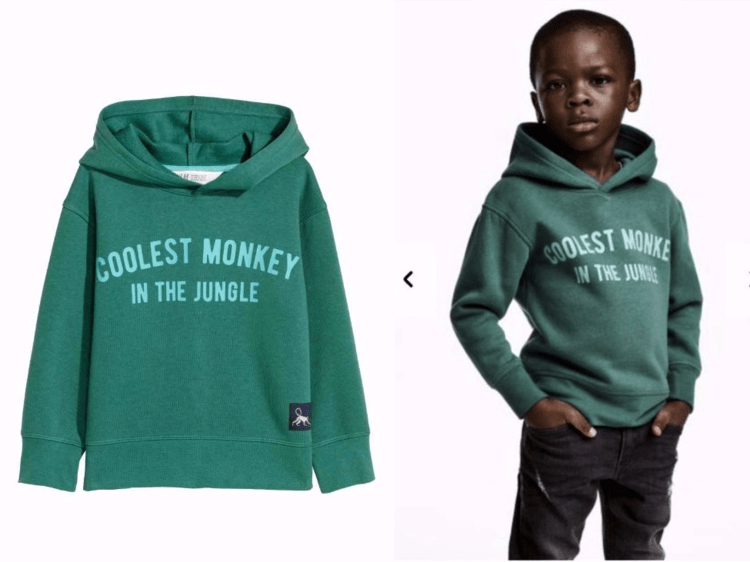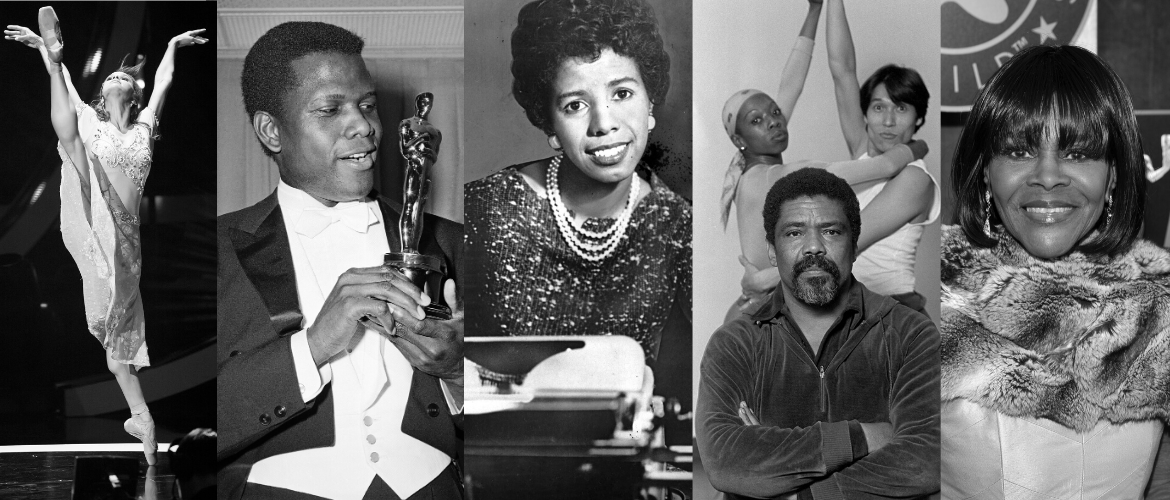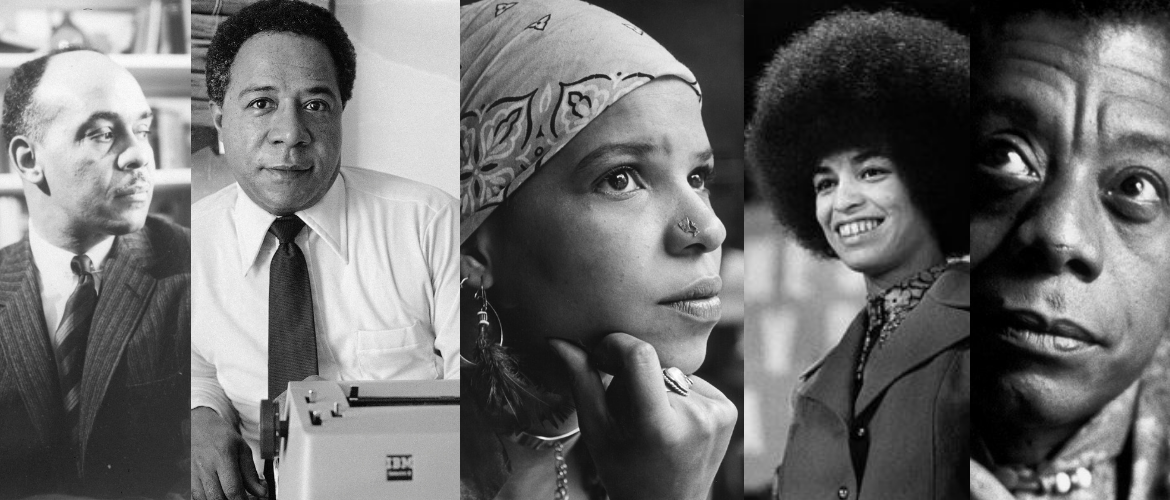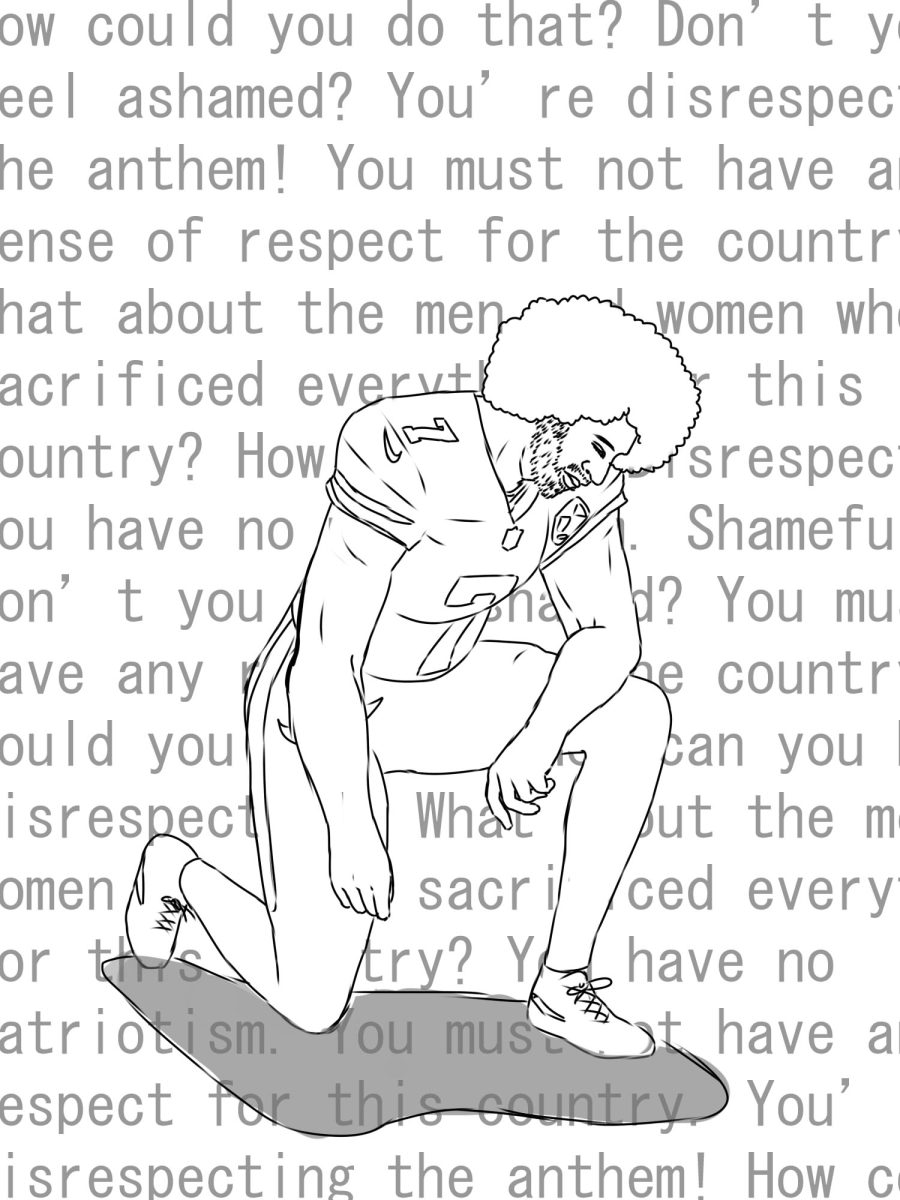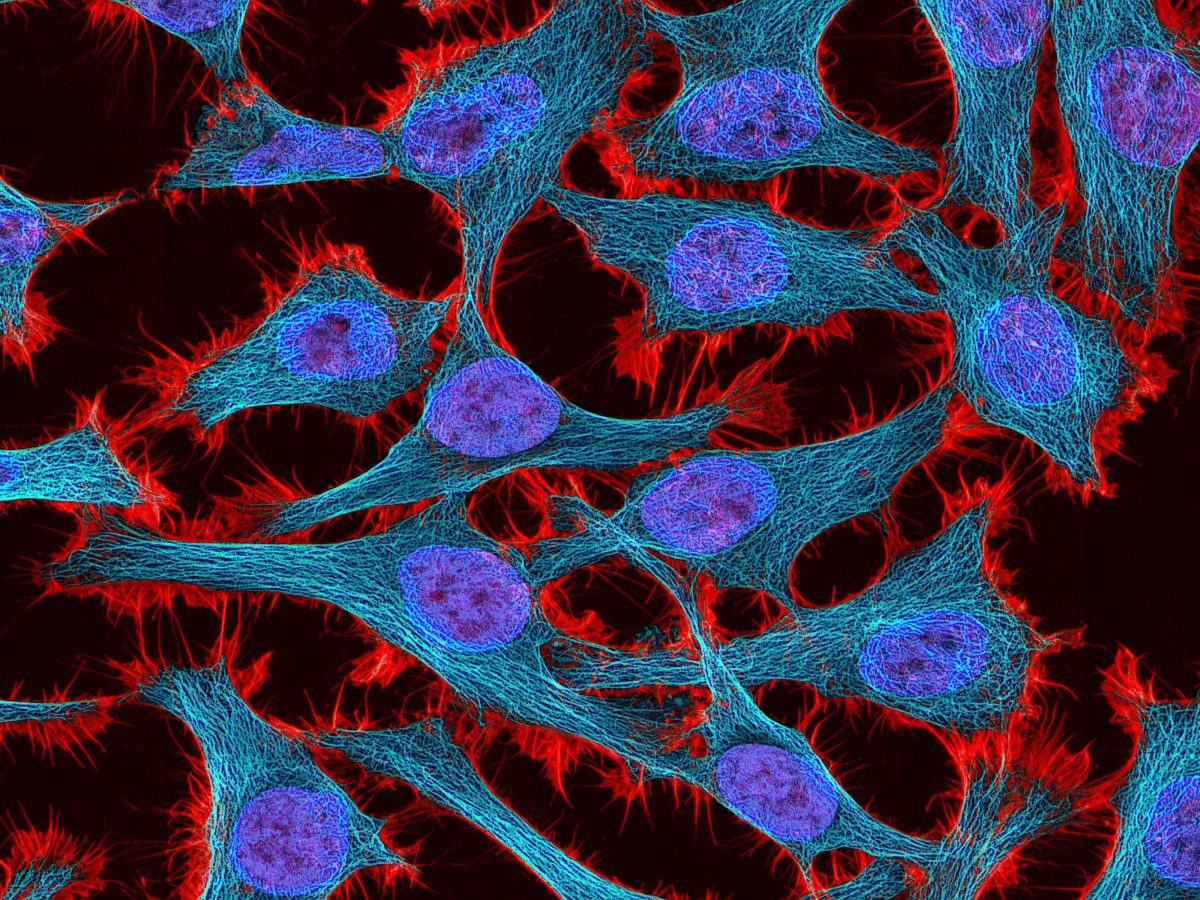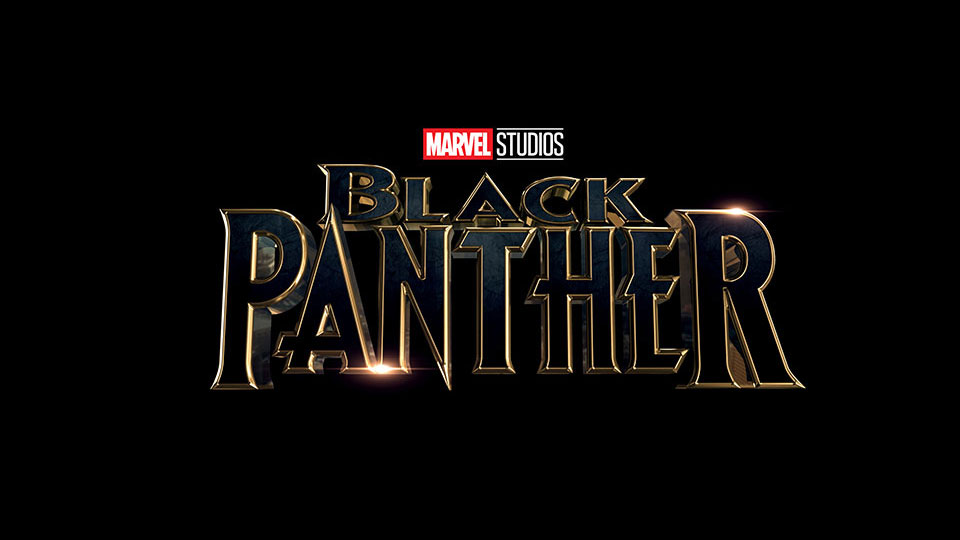“Maybe that wasn’t the intention,” and, “What’s the big deal? People are so sensitive nowadays.” These are just a couple of things on Twitter that I saw when the now infamous picture of little Liam Mango popped up on the social media site earlier this month. Hennes & Mauritz, better known as H&M, is one of those stores right up there with Forever 21 where a pair of jeans and a t-shirt could cost half of your paycheck.
The retail store has been under fire for over a week over a picture which was first seen on the Britain website and then circulated to the Twitter-verse. The picture was of a young black boy wearing a hoodie that read, ‘The coolest monkey in the jungle.” The word monkey strikes a chord with Black people. To them, it is a word that is meant to degrade. Seeing this adorable little boy in a hoodie with the word monkey written across it was not cool; putting the adjective cool along with it was just adding fuel to the already burning fire.
Part of the reason why this word is so offensive to Black people is because of the way that white people would use the word. During the Obama years, white people would go so far as to Photoshop photos of gorillas onto the faces of the leader of the free world and the First Lady. If you don’t believe me, I suggest that you type it into Google images.
The backlash that H&M has received caused a media storm so big that singer Abel Makkonen Tesfaye, known professionally as The Weeknd, and rapper with no flow, Gerald Earl Gillum, better known by his stage name G-Eazy, took to Twitter to announce that they both would be parting ways with the retail store.
American racism and racism in Sweden are obviously two different things, but racism in America has been almost taken as a joke of sorts. For example, back in 1941 (yes, I know it was a long time ago), Universal Films released a short film titled “Scrub me Mama, with a Boogie Beat.” The film was set in a town called Lazy Town—not to be confused with the children’s show of the same name. It clearly depicts Black people as lazy, having the characters move slower than the average cartoon character and exaggerating the characters’ lips to where they fill up most of their faces. Now, if this were to be released in 2018, Americans would have a stronger, if not, bigger reaction to it in the same way that they had to little Liam Mango in the hoodie.
Mango’s (yes, that is actually his last name) parents—his mother, specifically—stated on This Morning, when asked about the response to the photo, if it was an overreaction, her response was, “It is not an overreaction, but everyone should have an opinion on what racism is to them.” Her statement appears to reflect what the Swedish public think about racism. According to a news article in Sweden, 47 percent of Swedes believe they have witnessed racism in the months of October and November of 2017 ,while 44 percent say they believe racism in Swedish society will increase in the year 2018.
Young Liam has now become a star for essentially all the wrong reasons. H&M has since apologized for the racist photo, and has also taken it down from their website. They have stated, “We are deeply sorry that the picture was taken and we also regret the actual print.” Since this apology, the corporation has hired a diversity manager to make sure that something of this nature never happens again. Is it to save face or is it because this company truly cares about its customers?

